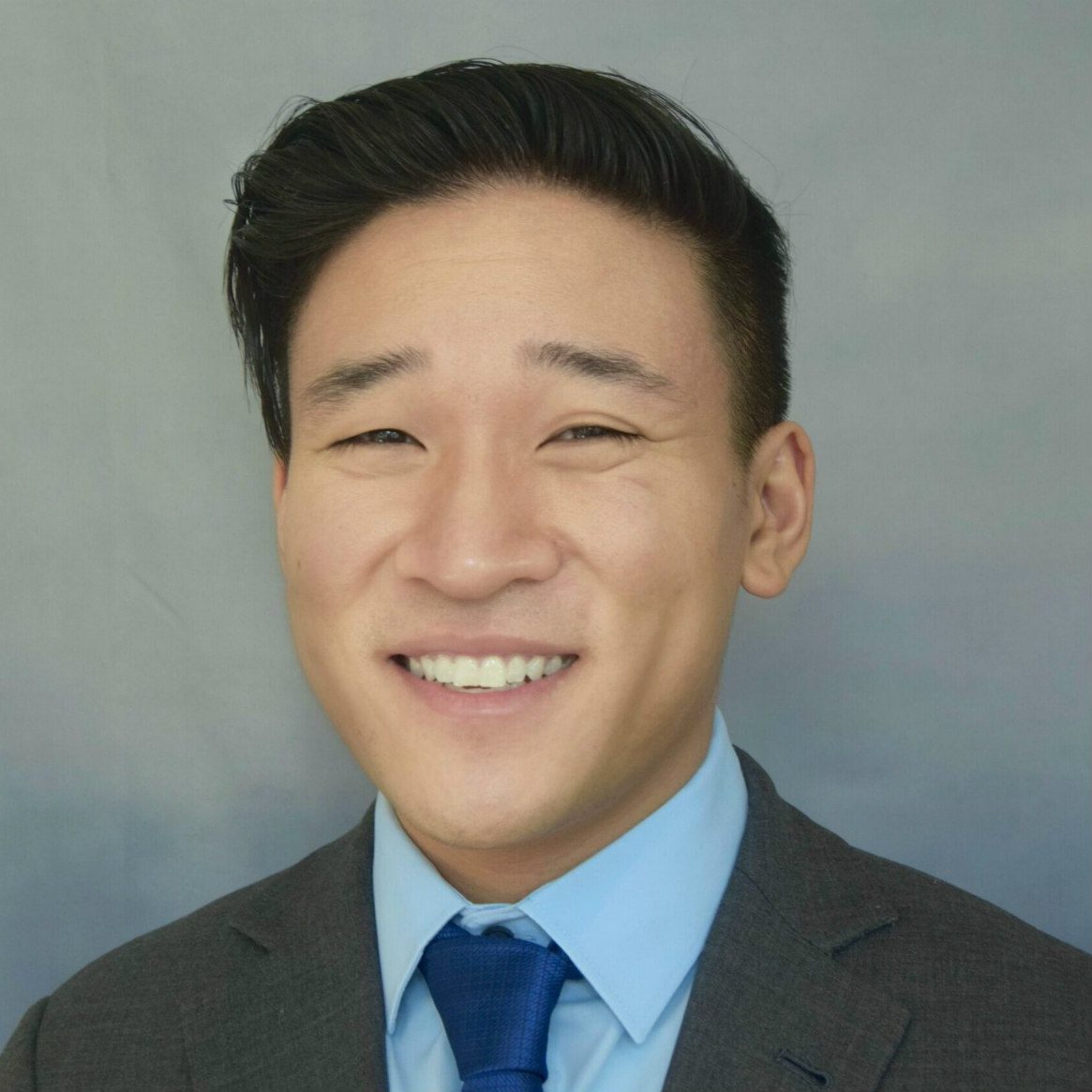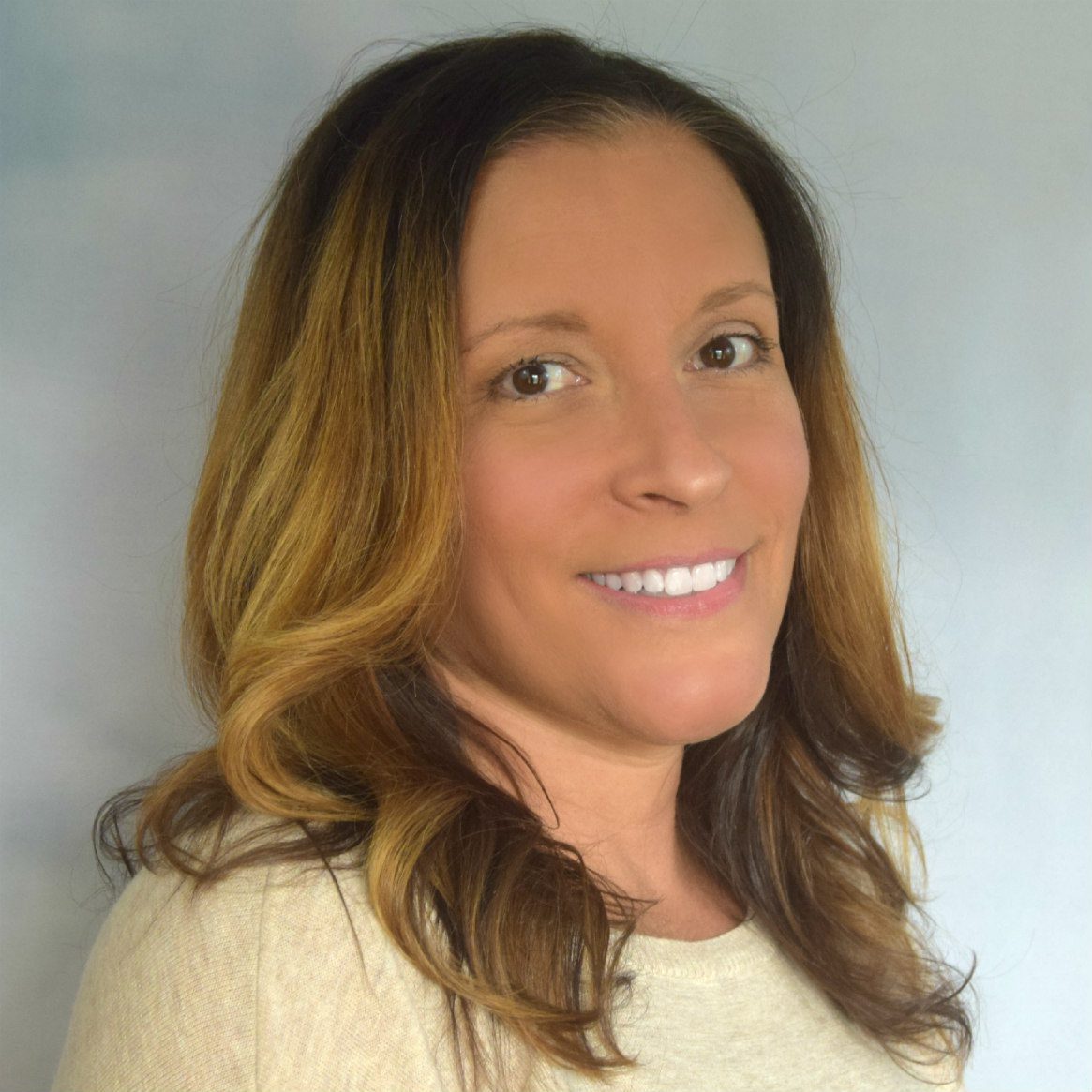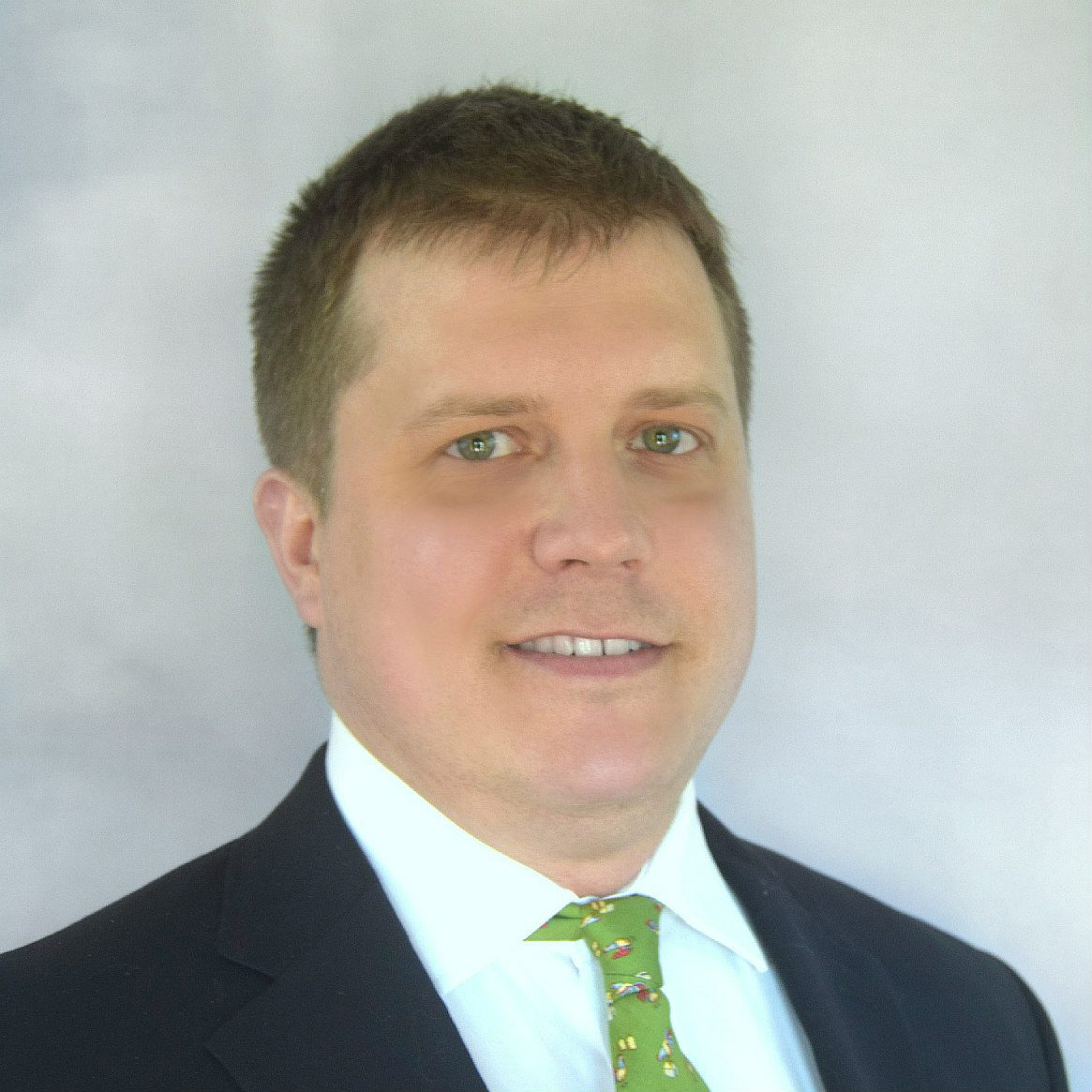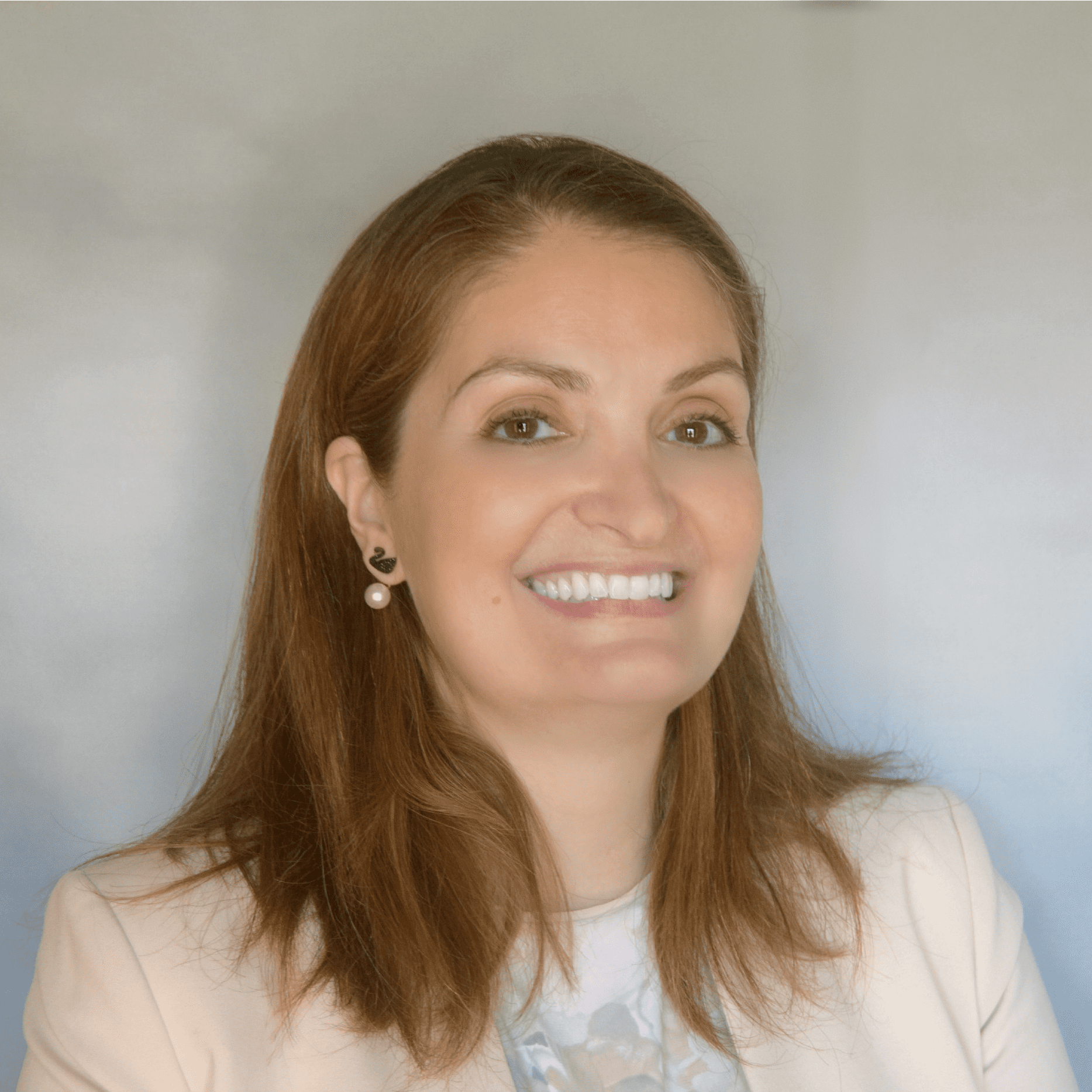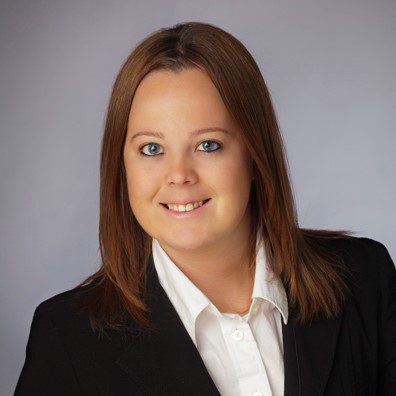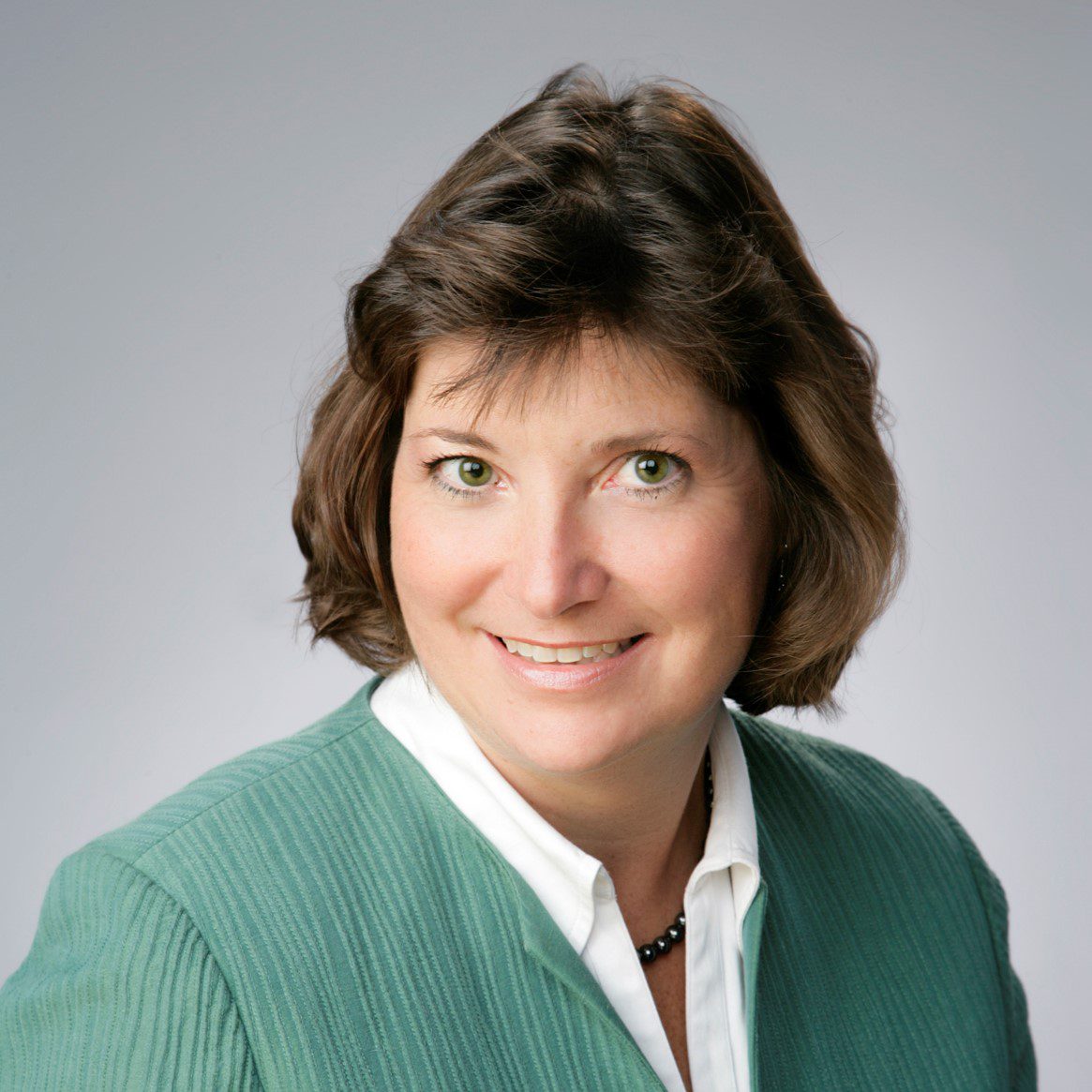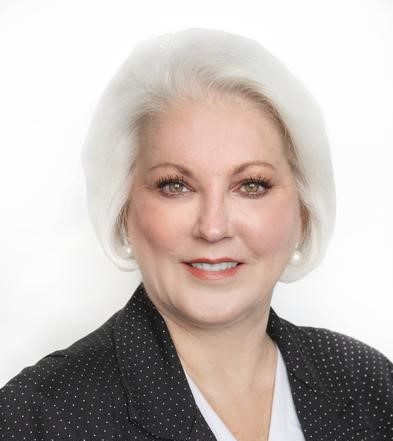The student debt load has been a longstanding and progressive problem within the veterinary field. Total student loan debt from veterinary school for graduates from the class of 2015 was $427,502,116.00, while the average debt accrued per student was $142,394.6 Research conducted at the University of Minnesota found a 67% increase, adjusted for inflation using the Consumer Price Index, in veterinary student debt from 2003 to 2013.14 Although there has been an increase in new graduate salaries over this same time period, the increase in salaries has been far slower than increases in student loan debt. As a matter of fact, when adjusting for inflation, the mean starting salaries have actually decreased over this 10-year span.14
While the crude numbers of student debt can be somewhat alarming, they do not accurately depict the true state of debt unless they are interpreted in relation to other economic factors. The state of student debt is best assessed when comparing the debt to its pay-offs, i.e. income. This growing difference between mean educational debt at graduation and mean starting salary started to noticeably accelerate by 2005.18 The mean starting salary for veterinarians in 2015 was $72,229.7 The American Veterinary Medical Association, AVMA, measures this trend using the debt to income ratio (“DIR”). The DIR is a marker for economic performance of the market for veterinary education and for economics of the entire profession as a whole by tracking trends in student debt and average starting salaries. The average DIR for new veterinarians across all sectors of practice in 2015 was 1.99 to 1. This almost 2 to 1 ratio means that students, on average, have two times the amount of debt compared to what they are making, which is both unhealthy and unsustainable.6
There appears to be a trend in the amount of debt accrued throughout one’s veterinary education based on what career path is chosen following graduation. The previously stated average DIR of 2 to1 obscures the fact that many students have a much higher DIR. Over 9% of new veterinarians have a DIR of 4 to 1 or greater.6 Data published in the AVMA’s annual report found that new veterinarians pursuing public practice as full time employees had the lowest average DIR, 1.85 to 1. New veterinarians working in private practice as full time employees had an average DIR of 2.02 to 1 and for graduates pursuing internships and residencies, the DIR was an astonishing 4.89 to 1.6 While new veterinarians working in the public practice sector tended to have the lowest debt to income ratio, this number is still considered unsustainable for a financially low-stress life. The AVMA recommends lowering this ratio to at least 1.4 to 1. Lowering the DIR is not an easy task, however. It will require efforts from the general public, veterinary colleges, veterinary employers and the veterinary students themselves. If the DIR remains high or continues to rise, everyone will lose. The risk of keeping unsustainable DIR’s is losing qualified individuals entering the field leading to decreased veterinarians and veterinary care reaching those who need it. With the way things are going, this could result in an increase in untreated animals, posing a threat not only to animal health but also to human health as well.6,8
An Uphill Battle: Why?
The state of veterinary student debt has continued to worsen due to a combination of factors. Most notably, the increased cost of attending veterinary school and the average starting salary for new veterinarians has lead to the student debt situation so many veterinarians are dealing with today. A large contributor to increasing tuition is the steady decrease in public funding for veterinary schools nationwide. When the United States built its first 10 veterinary schools, 9 of them were 100% funded by the government under the 1862 Morrill Act.18 Over the subsequent decades, the demand for veterinarians has changed. Originally, veterinarians were needed for agriculture and army care whereas in recent decades, the higher demand lies in companion animal medicine. This shift has made it seemingly easier for public funding sources to continue to decrease their support of veterinary schools. Decreased public funding has forced schools to offset expenses in other ways, most notably with increases in available seats and tuition. Since 1999, the average cost for tuition at a United States veterinary college has more than doubled from $10,549 in 1999 to $27,096 in 2015. Although this is not uniform across all colleges, all colleges have experienced increases of some degree. Tuition for in-state residents has increased across the nation, ranging from a 35% increase at University of Minnesota to 287% at Tuskegee University in Alabama.6,7,8 The steady increase in tuition has led to an increased need for students to borrow funds to cover these costs.14 It is important to note, however, that veterinarians still provide a public service regardless of the funding provided from the public. This concept is termed “market failure”. Market failure is defined as a state in which consumers are obtaining benefits without paying for them.6 While the public has been defunding public education, the real costs of operating these schools has risen.
Early career veterinarians spend an average of $11,000 annually, or 18% of their discretionary income, on paying back student loans.12 An analysis study published in the magazine DVM360 compared the expenditure patterns of early career veterinarians to the Bureau of Labor Statistics’ Consumer Expenditure Survey for Americans between 2014-2015. The study found that early career veterinarians are making an income within the 70th-80th percentile of Americans.12 However, early career veterinarian’s transportation expenditures matches the patterns of those in the 35th percentile and their recreation and leisure expenditure matches those in the 10th percentile of the population.12 This would imply that, early career veterinarians are sacrificing leisure and transportation to afford student loan repayments.
Types of Loans for Veterinary Education
There are three primary loans currently offered to prospective and current veterinary students: the Federal Direct Loan, the Federal Direct Grad PLUS Loan and the Health Profession Loan. The Federal Direct Loan is a guaranteed loan. This means that any veterinary student applying for this loan will receive it regardless of financial need. Students may borrow up to $40,500.00 for each year of school.10 Assuming veterinary education will take the average student four years to complete, the Federal Direct Loan will provide up to $162,000.00 per student. This is an unsubsidized loan, therefore interest starts immediately upon borrowing and will accrue the entire time one is in school. The Federal Direct Grad PLUS Loan is a credit-based loan. This loan is used as needed to meet any remaining educational and living expenses needed after the Federal Direct Loan. This loan is also unsubsidized. Since both of these loans are federal, the rates are determined by congress. For loans borrowed between 7/1/2016 and 7/1/2017, the rate for federal direct unsubsidized loans is 6.31% and the rate for direct PLUS loans are 5.31%.16 The third loan offered to veterinary students is the Health Profession Loan. This is a subsidized loan with a fixed 5% interest rate. This loan is granted to students on a “need” basis. Eligibility for this loan is determined by personal and spousal assets as well as one’s parents’ assets, regardless of parental contribution or lack thereof.10 In addition to these loans, many veterinary students also have debt from other life expenses including previous education, personal credit cards and a home mortgage. This is important to keep in mind when collectively considering the state of student debt and the overall well being of veterinary graduates.
Paying Off Student Loans
The repayment process for student loans begins 6 months after one stops attending school at a part-time status or higher. This period is commonly referred to as the “grace period”. Traditionally, lending and loan service companies will reach out to the individuals entailing how much they owe and how payments should be made. Deferment and forbearance can be granted if further schooling and training is pursued, this includes internships and residencies. However, it should be taken into account that interest continues during this period. Depending on how long one defers for, the additional interest could more than double the total cost of the loan and will greatly increase the life of the loan. Therefore, deferment and forbearance is offered with a strong degree of caution and is only recommends if you are at risk of defaulting on your loans. Defaulting on loan payments is handled by the credit bureau. A default affects your credit rating, which in turn affects your ability to borrow money in the future. Lenders and loan services are permitted to take legal action on defaulters, which may require payment via garnishment of wages and withholding of tax refunds.
It is imperative that students undertaking student loads understand the concept of interest. Many students accepting loans may not grasp that they will be paying back more than what they are borrowing due to interest on the loans. Loans are either subsidized or unsubsidized with interest rates that are either fixed or variable. Both of these factors can greatly affect the amount of money an individual will ultimately owe. The majority of veterinary students have federal loans, which for graduate students, as previously mentioned, are unsubsidized. For the average student who begins taking out loans in order to enter their first year of veterinary school, interest will accrue immediately and continue to accrue throughout school and after graduation until the entire amount is paid off. The interest rates of the federal direct loan and the federal direct grad PLUS loan are determined by congress legislature and the fixed rate is based on what the rate was when you took the loan out. Current and past interest rates are readily available on the Federal Student Aid website.16
A number of federal loan payback programs exist that will pay back specified amounts of an individual’s debt depending on the work new veterinarians pursue after graduation. One of the programs with the most debt coverage is the F. Edward Hebert Armed Forces Health Professions Scholarship Program (HPSP). The HPSP will pay an entire year of tuition as well as a $2,000 per month stipend for every year of service that the participant receives the scholarship. For qualified applicants, this can cover all 4 years of veterinary education. The army also runs the Army Active Duty Health Professions Loan Repayment Program which pays $120,000 of loans over 3 years for active duty officers and $75,000 over 3 years for officers in the reserves.18 Other organizations such as The US Department of Health and Human Services, the NIH and the National Veterinary Medical Services also run repayment programs which are further described on their respective websites. While these programs all offer substantial loan repayment, due to their specific requirements and often times very competitive application process, these cannot be realistic options for all students.
Most veterinary students enter into one of the three income-based repayment programs. The income based repayment plan (IBR) is one of these three programs. The IBR determines the maximum monthly payment to be 15% of discretionary income for a total of 25 years (300 payments).18 The second plan, the Pay As You Earn Repayment Plan (PAYE) determines the maximum monthly payment to be 10% of discretionary incomes for 20 years (240 payments). For both of these programs, the remaining balance after the 20 or 25 years is forgiven. When student loans are forgiven, the amount that is forgiven is subject to income tax on the full amount of forgiven debt.18 It is important to educate student borrowers that depending on how much debt is forgiven, this can move an individual into a different and higher tax bracket. In some situations, individuals have had to take out a new loan just to pay this tax. The third program is the Public Service Loan Forgiveness Program (PSLF) encouraging individuals to enter into public service jobs. With this plan, borrowers make maximum monthly payments of 10% of their income with loan forgiveness after 120 payments. The forgiven sum at the end of 120 payments is considered a “gift” and therefore is free of income tax.
Student Awareness
The steady rise in student debt and the not so steady rise in starting salaries for new graduates poses an important question regarding the well being of students and veterinarians. Are students misinformed? Do students understand the implications of taking out student loans, the current financial state of the veterinary field and how long it can take to completely pay these loans off with interest? During the interview process for veterinary school, financial presentations are given at most schools to varying degrees of depth. A point that is often driven home is “you can follow your dreams even if you can’t afford to” accompanied by the introduction of the generous and guaranteed student loan programs. But what do the students really hear?
A study conducted at the University of Minnesota in 2013 addressed the concern of student awareness regarding education debt. The goal of the University of Minnesota study was to determine if incoming veterinary students were truly aware of the financial implications that often come along with a career in veterinary medicine. Incoming veterinary students were surveyed on what they thought the mean expected debt was for veterinary students and what the mean expected annual income for the first job after graduation was. The survey regarding salary excluded internships, residencies and other education programs. The results from the incoming first year students for average student debt and average starting salary were very realistic and close to real time averages. In summary, 75% of students said that the college of veterinary medicine had informed them of the expected debt after graduation.14 On average, based on student responses, first year veterinary students expected to be financially better off as a result of going to veterinary school.14 With that said, it cannot be assumed that this one group of students represents the entire population of prospective and incoming veterinary students. For example, these results could be due to a thorough financial orientation program specifically given at the University of Minnesota. To get a more comprehensive understanding of prospective student awareness, similar survey studies should be performed at all of the respective veterinary schools for incoming students. Alternatively or additionally, a similar survey could be required as a supplement to the Veterinary Medical College Application Service (VMCAS) application.
Another question that often arises is whether or not students borrow more than they need to because they don’t understand the implications. What are students spending this money on? The six main categories of expense for an individual in veterinary school are tuition and fees, living expenses (room and board), transportation, books and educational materials, veterinary equipment and “other” expenses. The top two areas requiring the most expense are tuition and living expenses.6 In 2015, the mean debt attributable to tuition and fees was $97,255 and the mean debt attributable to living expenses was $27,767.2 According to the Economics Policy Institute, a single adult with no children has an annual cost of living of $28,474.2 Interpreting this information with the average debt a student takes on to cover living expenses, one can assume the average veterinary student was financially under the necessary cost of living. Therefore, we cannot blame exorbitant living of students as the culprit for the student debt situation. And we therefore, cannot assume that students are not accumulating debt irresponsibly.2
Student Debt in the News
The AVMA, AAVMC and Michigan State University (MSU) College of Veterinary Medicine organized a three-day student debt summit in April 2016 to address this critical issue facing the veterinary profession. The goal of the 180 individuals in attendance was to create solution concepts and to formulate clear steps we can all take to work towards reducing the student debt load on veterinary students and new veterinarians. The measurable goal in reaching these solutions will be by using the debt to income ratio. The average DIR to date (2:1) is both unsustainable and unhealthy for any individual.6 An important point made by Joe Kinnarney, the president of the AVMA, was that “it is important to recognize that educational debt is more than just a financial issue; it is also a wellness issue.”13 With the increased awareness of the important of quality of life and wellness across all professions, it is important that the AVMA recognizes this as well so we can support the professionals in our industry and continue to attract the best and brightest prospective veterinarians whom we can trust with the future of our industry.13
In addition to playing a part in orchestrating the 2016 Student Debt Summit, MSU has been on the forefront of instituting change for their students. An article released in October 2016 stated that MSU has plans to restructure the entire curriculum with the help of MSU’s newly formed Hub for Innovation in Learning Technology. MSU has created 7 working groups to develop the specific plans for implementation. These groups include competencies, economics of higher and veterinary medicine, clinical experiences, educator development, curriculum models, wellness working group and student assessment.15 CVM posts updates on their website with the detailed status and progress of the curriculum changes. Their goal of posting all notes and thoughts is to formulate an outline that other schools can use to alter their curriculums in the future. Notes from the Clinical Education Working Group detail the outline for what competencies and curriculum will be addressed each year in school. A notable change is the introduction of significant clinical skills during the first year of schooling with the intention of having competencies reinforced during the clinical year rather than being introduced.5,15 And furthermore, it states that certain competencies should be mastered by the time the clinical year commences. There are still a few different options for how the entire 4 years will pan out but the goal is to have all details completed by spring of 2017 with implementation planned for Fall 2018 for the class of 2022. 5,15
The Employer’s Incentive
In corporate America, there is a growing trend of companies offering student loan repayment as a part of their benefits package. 92% of U.S. employers believe that such voluntary benefits and services (VBS) will be important to their employees’ value proposition over the upcoming years, compared to 73% in 2015.17 In 2016, 4% of employers were offering some form of loan repayment plans, up from 3% in 2015.17 Survey results and trends indicate that this could increase to 26% by 2018.17 Companies currently participating in such VBS plans include Aetna, PricewaterhouseCoopers and Chegg. The incentive for employers to provide loan payback plans or matching plans currently seems to be for recruiting purposes. A survey conducted by Iontuition in 2015 found that 80% of respondents would prefer to work for a company that offers student loan repayment assistance.19 However, there is current legislation that is working to make loan payments more favorable from a tax standpoint, in which employers may start to develop additional and stronger incentive to provide student loan benefits.19
We may be seeing the beginning of a trend in corporate America. However, there is no published evidence that this is happening with the veterinary profession or that there is an incentive to do so. The AVMA continues to lead the fight in imposing change for veterinary students and new veterinarians. The AVMA has stated their commitment to exploring all options that could help contribute to a solution for a better tomorrow for the profession. If the AVMA gets on board with this idea, who knows, maybe the veterinary employers of today will be the loan forgivers of tomorrow.
Comparison to Other Professions
Comparing the veterinary profession to itself over the years is useful to spot trends. It could be equally as useful to compare the veterinary medicine to other fields of study to see if similar trends occur in other advanced degree professions. A study published in the New England Journal of Medicine looked at different advanced degree professions to determine if they are in a “bubble market.” A bubble market is defined as a state where an asset trades for increasingly higher prices, as people who are hopeful about its future buy them. These assets are then sold to others who possess an even higher optimistic view of the value of such assets.1 This theoretical bubble “bursts” when a sense of lower intrinsic value appears. After a bubble bursts, the last buyers are stuck with something they paid too much for and can no longer unload. In relation to this topic, students are stuck with an education they paid too much for. The question the article sought to answer was whether or not US medical education was in a bubble market. Similar to the AVMA studies, this article also used the DIR to measure what students must borrow compared to what they can expect to earn. Published in 2013, the study found that there was a wide range in DIR’s across the human medical fields. Orthopedics and cardiology had the lowest DIR and therefore best return on investment (ROI) while family medicine and psychiatry had the highest DIR’s and therefore the lowest ROI’s.1 However, while the DIR’s for family medicine and psychiatry were high they do not quite qualify for the bubble market because the current medical doctor incomes can still sustain the debt of the average doctor, regardless of specialty pursued. The study goes on to compare human medical fields to other professional fields. Incomes for other fields have risen slowly while the cost for education has increased at a quicker rate. The study found that law, dentistry, pharmacy, optometry and veterinary medicine all had higher DIR’s than other fields in human medicine. However, by far the highest was veterinary medicine, which under the studies’ definition, qualified the veterinary medical field to be in a bubble market. The concern is that if we can’t continue to pay doctors and other professionals enough money to cover for the high costs of education, we will soon lose access to well-qualified individuals.1
In 2013, it appeared veterinary medicine was leading the way in the race to become a bubble market. However, in recent years there has been a similar trend in the law profession as well. The number of law school graduates per year exceeds the number of open job positions by a ratio greater than 2-to-1.3 How does this compare to veterinary medicine? To measure this, the net present value (NPV) was used. NPV provides a means of measuring the value of benefits and costs over time. That is, it measures whether the discounted future income in a particular field exceeds the costs incurred in obtaining the relevant degree. A positive value shows that the financial benefits of obtaining a particular degree are worth the expense, while a negative NPV indicates the expenses of the degree are higher than the financial benefits earned. The weighted average NPV using new lawyer median salaries was -$144,815. This indicates that the current costs of earning a law degree currently exceed the benefits.3 Veterinary medicine’s NPV is still a positive value, indicating that starting salaries would have to decrease to around $62,000 in order for NPV to reach zero. While veterinary medicine is currently maintaining a positive NPV, if cost trends continue and new veterinary schools and seats continue to become available, we will soon be dangerously close to a negative NPV and a bleak financial future for prospective veterinarians.
Tips for Students
Make a payback plan:
An article published by the Canadian Veterinary Journal calculated how much money could be saved in interest based on the rate borrowers pay back student loans. The standard recommended payback percentage in Canada is 14-15%.9 The article compared paying these percentage verses 21-22% and 27-29%. Given the average veterinary salary, this would result in paying $1200.00 per month when earning $4000.00 per month. While one would need to live frugally and cut back on personal spending, paying loans back at 27-29% can result in huge savings from deceased interest accrued as well as mental wellness from becoming debt-free sooner.9
Cost Comparison Tool:
The AAVMC has put together a tool for prospective veterinary students to better understand costs prior to committing to a school. This can be found at the AAVMC website: http://aavmc.org/Students-Applicants-and-Advisors/Funding-Education.aspx
Apply for scholarships:
All of the veterinary schools offer a variety of scholarship opportunities. Finding scholarships and applying for them takes additional research and effort but students can often be awarded thousands of additional dollars making the reward far outweigh the work involved. Research your local VMA’s, schools financial aid website and professional veterinary organizations to learn more about opportunities.
Become an In-State Resident:
2015 graduates who attended veterinary school who qualified as “in-state” had an average of $30,000 less in debt compared to non-residents.7 Many schools have the option of obtaining residency status during school, which can reduce tuition expenses. There is also the option to move in state prior to applying to the school of choice to solidify residency for all 4 years of school.
Jobs:
Many schools offer part-time jobs that can help offset simple living expenses throughout school. While a few hours per week may seem nominal compared to a multiple thousand-dollar loan, every little bit helps.
Glossary of Loan Terms:
Reading about student loans can get confusing if you aren’t familiar with the terminology. Visit the Federal Student Aid Glossary page to clarify your student debt vocabulary. https://studentaid.ed.gov/sa/glossary
Reflection:
Think long and hard before undertaking debt.
“The best way to manage debt is to have no debt. If this is not practical, let this be your goal. Avoid debt as much as possible. If not actively managed, debt can quickly accumulate. Therefore, make an intentional decision regarding debt. What does it mean for you to take on debt? What is your comfort level regarding it?” 4
References
- Asch, David A., MD, MBA, Sean Nicholson, PhD, and Marko Vujicic, PhD. “Are We in a Medical Education Bubble Market? — NEJM.” The New England Journal of Medicine21 (2013): 1973-975. New England Journal of Medicine. Web. 18 Jan. 2017.
- Bain, Bridgette, PhD, and Michael R. Dicks, PhD. “Are Veterinary Students Accumulating Unreasonable Amounts of Debt?” Journal of the American Veterinary Medical Association3 (2016): 285-88. Web.
- Barker, Sean, and Ross Knippenberg, PhD. “Law or Vet School Grads: Who’s Got It Worse?” DVM360 2016: 23-24. Print.
- Bullock, Joan R. M. “Managing Debt for the New Lawyer.” Law Practice 2016: 49-53. Print.
- “Curriculum Reinvention.” The College of Veterinary Medicine at Michigan State University. N.p., n.d. Web. 19 Jan. 2017.
- Dicks, Michael R., Bridgette Bain, Ross Knippenberg, and Lisa Greenhill. 2016 AVMA & AAVMC Report on the Market for Veterinary Education. Rep. N.p.: AVMA Veterinary Economics Division, 2016. Print.
- Dicks, Michael R., Bridgette Bain, Ross Knippenberg, and Frederic Ouedraogo. 2016 AVMA Report on the Market for Veterinarians. Rep. N.p.: AVMA Veterinary Economics Division, 2016. Print.
- Dicks, Michael R., Bridgette Bain, Ross Knippenberg, and Lisa Greenhill. 2016 AVAM Report on Veterinary Markets. Rep. N.p.: AVMA Veterinary Economics Division, 2016. Print.
- Doherty, Chris. “Minimizing the Cost of Your Veterinary Education: Saving through Expedited Student Debt Repayment.” Canadian Veterinary Journal 57 (2016): 91-93. Web.
- “Financial Assistance.” Penn Vet | Financial Assistance. University of Pennsylvania, n.d. Web. 12 Jan. 2017. <http://www.vet.upenn.edu/education/financial-matters/financial-assistance>.
- “Funding Education.” Get Help Paying for a Veterinary Medical Education. Association of Veterinary Medical Colleges, n.d. Web. 19 Jan. 2017.
- Johnson, Elizabeth, Ross Knippenberg, PhD, and Michael Dicks, PhD. “Can We Quantify the True Cost of Veterinary Student Debt?” DVM360 Magazine 17 Feb. 2016: n. pag. Veterinarynews,dvm360.com. DVM360 Magazine, 17 Feb. 2016. Web. 23 Jan. 2017.
- Kinnarney, Joe, DVM, MBA. “Alleviating Veterinary Student Debt: Putting Ideas into Action.” President’s Column 249 (1 July 2016): 8. Print.
- Lim, Christine C., DVM, DACVIM, DACVECC, Sam Schulhofer-Wohl, PhD, Margaret V. Root Kustritz, DVM, Phd, Laura K. Molgaard, DVM, and David Lee, DVM, MBA. “Financial Expectations of First-year Veterinary Students.” Journal of the American Veterinary Medical Association2 (2015): 196-203. Web.
- Campus + Health + Science & Technology. Restructuring Veterinary Medicine to Reduce Student Debt/Stress. MSU TODAY. Kim Ward, Julie Funk, Teal Amthor-Shaffer, 13 Oct. 2016. Web. 19 Jan. 2017.
- National Student Loan Data System. Federal Student Aid, n.d. Web. 12 Jan. 2017. <https://www.nslds.ed.gov/>.
- Willis Towers Watson. Employers Expand Use of Voluntary Benefits. Willis Towers Watson, 2 Mar. 2016. Web. 19 Jan. 2017. <https://www.willistowerswatson.com/en/press/2016/03/employers-expand-use-of-voluntary-benefits>.
- Zimmel, Dana N., and James W. Lloyd. “The Changing Fiscal Environment for Academic Veterinary Medicine.” Journal of Veterinary Medical Education5 (2015): 414-24. Web. 19 Jan. 2017.
- Zimmerman, Kaytie. “Which Employers Are Helping Millennials Repay Their Student Loans?” Forbes Under 30. Forbes, 23 Aug. 2016. Web. 20 Jan. 2017.


